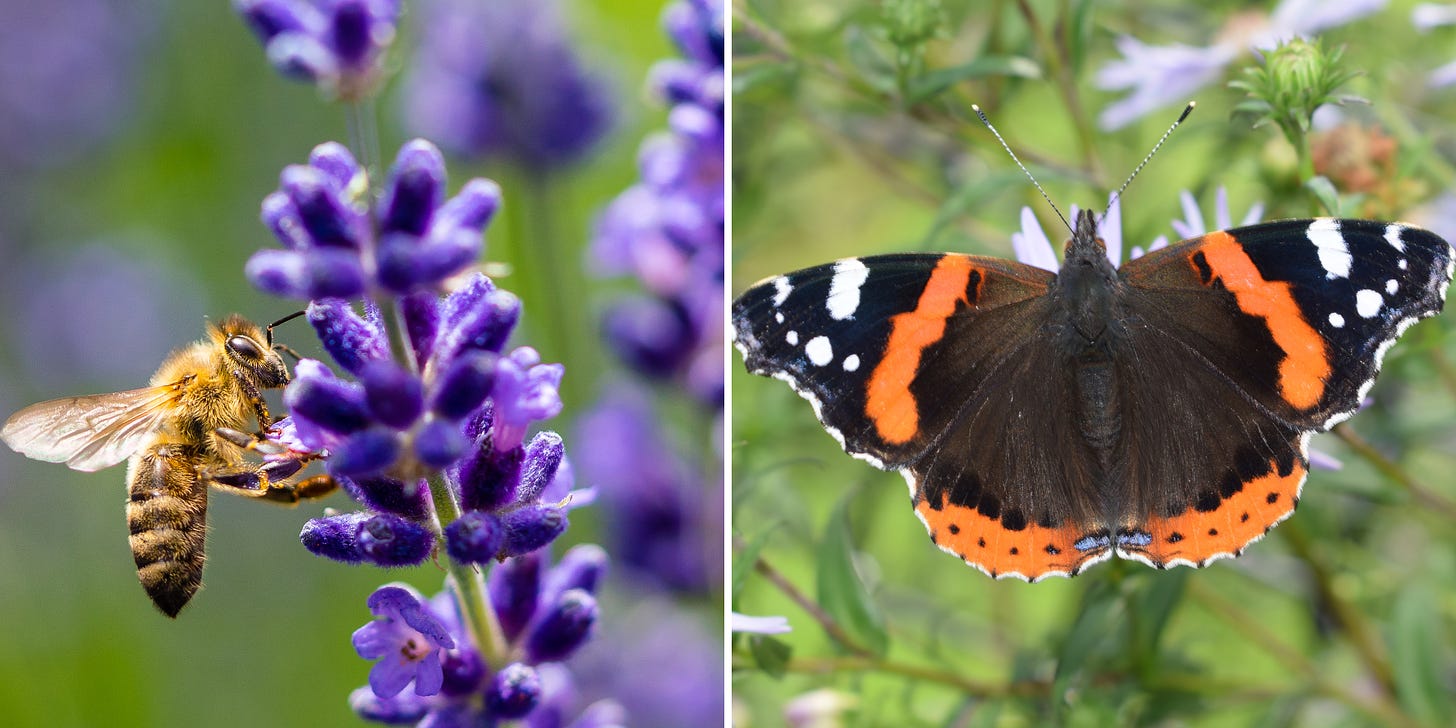Inside Salisbury: Can we do more to protect our pollinators?
Salisbury: New research reveals urban areas of wildflowers just as effective as natural meadows
By Annette J Beveridge
WITH its existing green infrastructure, Salisbury City Council is doing much to support wildlife and biodiversity but could more be done to support pollinators?
Increasing the number of wildflower areas is worth considering as new scientific research reveals that natural meadows can be replaced in urban areas successfully for butterflies, bees and other pollinators.
The study researched and compared the number of species richness (quantity and quality) of three main groups of pollinators - bees, butterflies and hoverflies, and considered sown wildflower meadows and natural meadows.
Read more: Wealth, architecture, Sir Christopher Wren and Nelson
The study found no difference in the composition of insect-pollinated plants. There were more butterflies in natural meadows but for bees and hoverflies, no difference was found.
Small areas sown with wildflowers had a similar value for pollinators as larger areas which raises the question why small areas could not be utilised for wildflowers? This could also include on roundabouts or on road verges. This would offer additional resources to sustain pollinators.
Salisbury City Council’s strategy and plan includes a network of green spaces - gardens, woodlands, trees, rivers, cycleway corridors, verges, allotments, churchyards and street trees. Wildflower seeds have been sown in Churchill Gardens, Bemerton Folly and recently, at the Fisherton Meadows re-wildling project.
Salisbury Council did confirm new information relevant for next year.
Keep reading with a 7-day free trial
Subscribe to Inside Salisbury to keep reading this post and get 7 days of free access to the full post archives.




